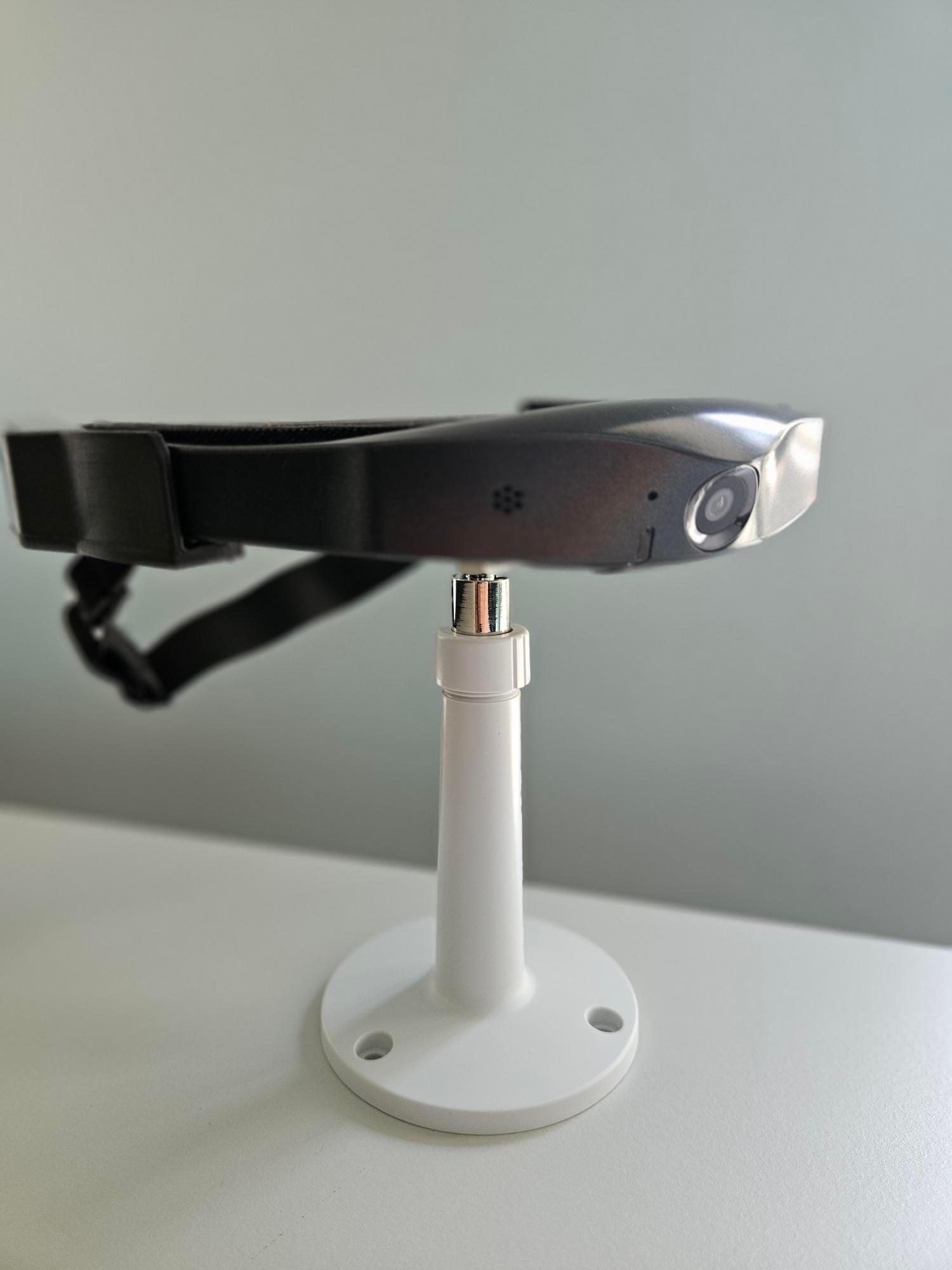Hands on the new SIMStation Headcams
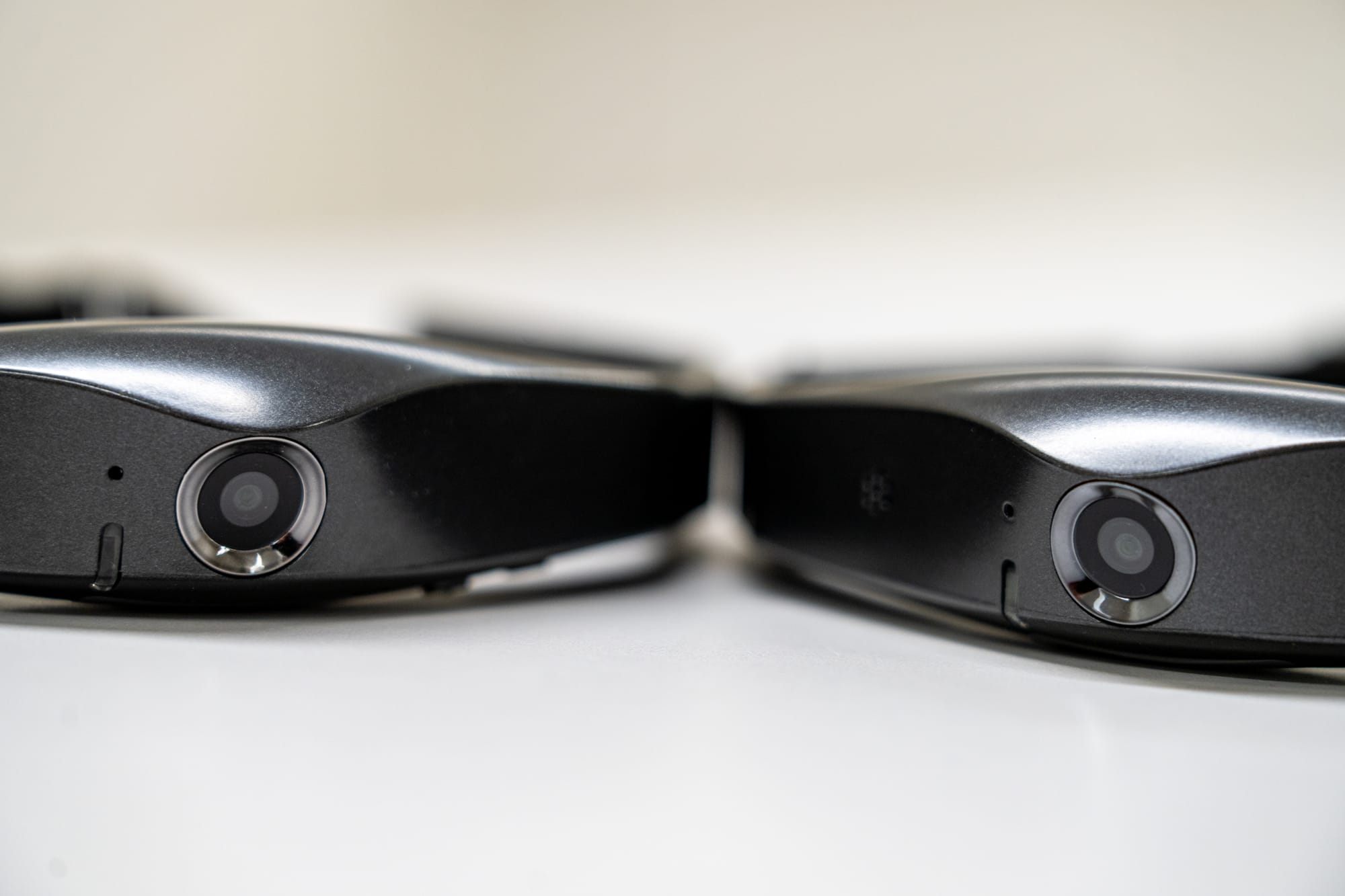
SIMStation has new, wireless wearable cameras. After years of relying on the reliability of connecting all the elements with robust cables, it comes with products based on wireless networks. And that, of course, intrigued me.
I first saw the headcams in November 2023 during a visit to Vienna. Along with SIMStation Go, I was introduced to it by the team of engineers behind the products. I was thrilled. I want to try this out in our Simulation Centre. Can I?
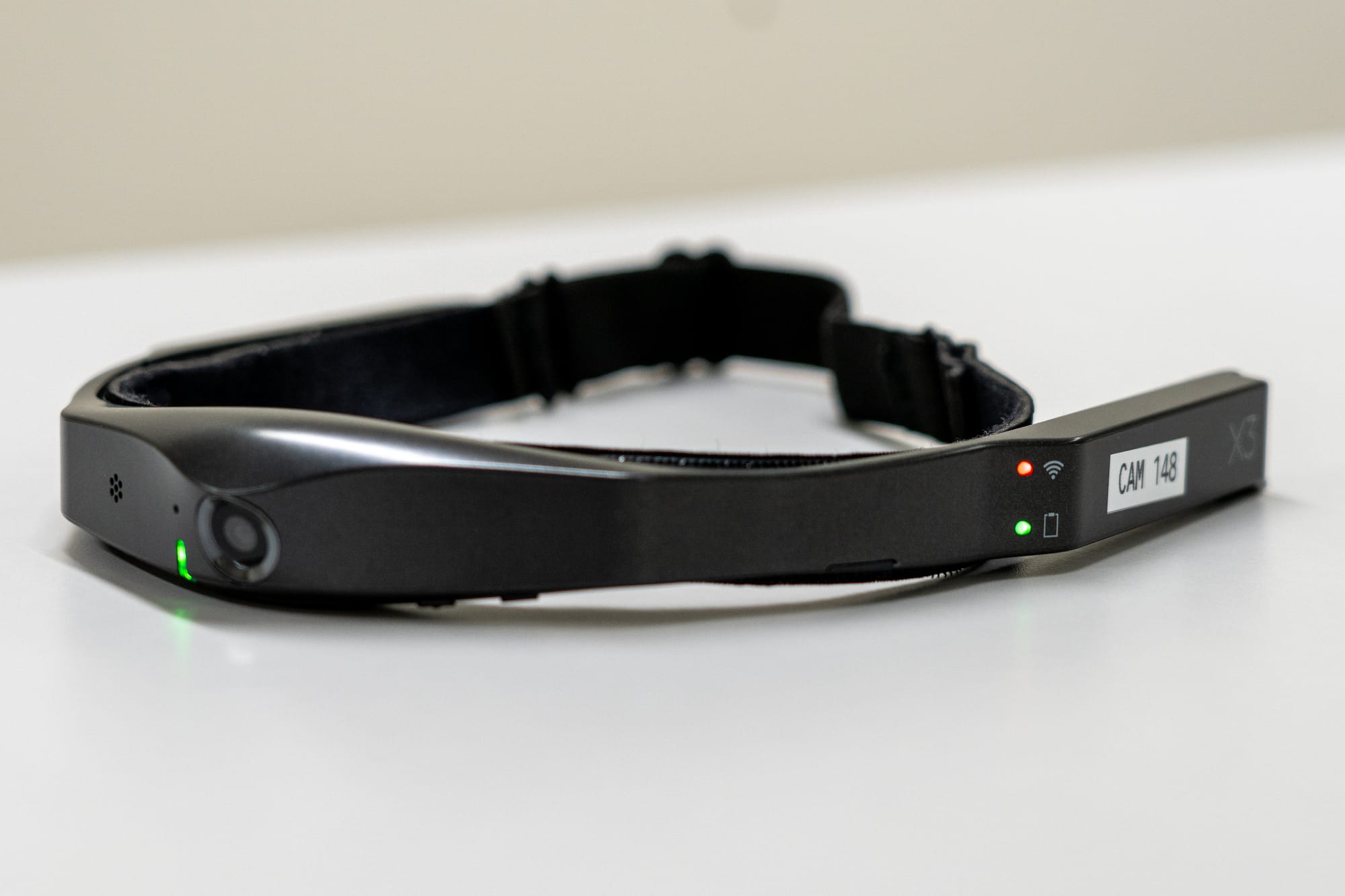
Seeing the pair of new products – headcams and SIMStation Go – raised an unpleasant question I had to ask. All these years all products are built on the reliability of a wired connection, except for debriefing tablets, and now suddenly you come up with products dependent on signal transmission over the air. The answer was simple. "Wifi 6," says Andreas Kaya-Fill. One number that significantly improves the world of wireless technology and which, after careful consideration and testing, enabled SIMStation to produce an ultra-mobile recording set.
And also a wearable headcam. A small device that allows you to record simulations from unconventional angles. From the participant's point of view. From the mannequin's point of view. Any view you can think of. Just charge it up and find the right place for it.
The tiny camera transmits real-time video at 720p (1280×720 px with framerate of 30 fps), not bad for such a small body. Yes, it can also transmit Full HD video, but the 720p setting is quite sufficient for simulations. More pixels means less battery life, and since nobody wants to wear a lead-acid battery on their head, that's actually the optimal combination. It makes the camera weigh 97 grams. And that's really nice.
And how does it all work? Great! But one step at a time. With this camera, you need to think about the use before the simulation. It may not be suitable for every simulation scenario, and it's certainly not a good idea to put it on the head of a trainee who has the most active role on the team. The constant head movements in such a case are rather distracting.
There are simulation scenarios where we have really enjoyed using it. Most of these were transport scenarios, as shown in the video below. The views the camera can offer are unusual and installing it anywhere is very quick. With just a short thought you can find a new, completely novel and interesting angle to your simulation. And it doesn't have to be directly from the participant's head. We found many ways to use the camera during our testing.
The camera comes with a claimed battery life of three hours and is charged using a special included cable that plugs into a standard USB-A charger. Charging time is not overly fast, so if you wanted to work with the camera all day, you would likely need two. Or a power bank with a long cable.
The lens covers 120 degrees of space, so it's a wide-angle shot as one would expect. You can see the participant's hand in the shot, as well as the wider surroundings. Controls are minimized to a power button and a wireless network connection light, and the camera sits on the head with a simple Velcro strap.
Using the camera from the participant's point of view really makes for interesting footage, it can also be interesting to place it on a mannequin or also attach it to a bed or other equipment in some way. The really interesting use is in transport scenarios, where you can attach the camera to an infusion pump, for example, and watch the movement of the whole bed across the simulation centre from a conveniently effective angle.
And that brings me to my final question. Is this the only wireless camera product that SIMStation has come up with, or is it possible that this is the first piece of the puzzle and we'll see more interesting and quickly attachable cameras in the future? We would like to see such quick-mount cameras attached to equipment very much. We could, for example, monitor how participants adjust ventilators and so on. Let's see if there is something like this in future.
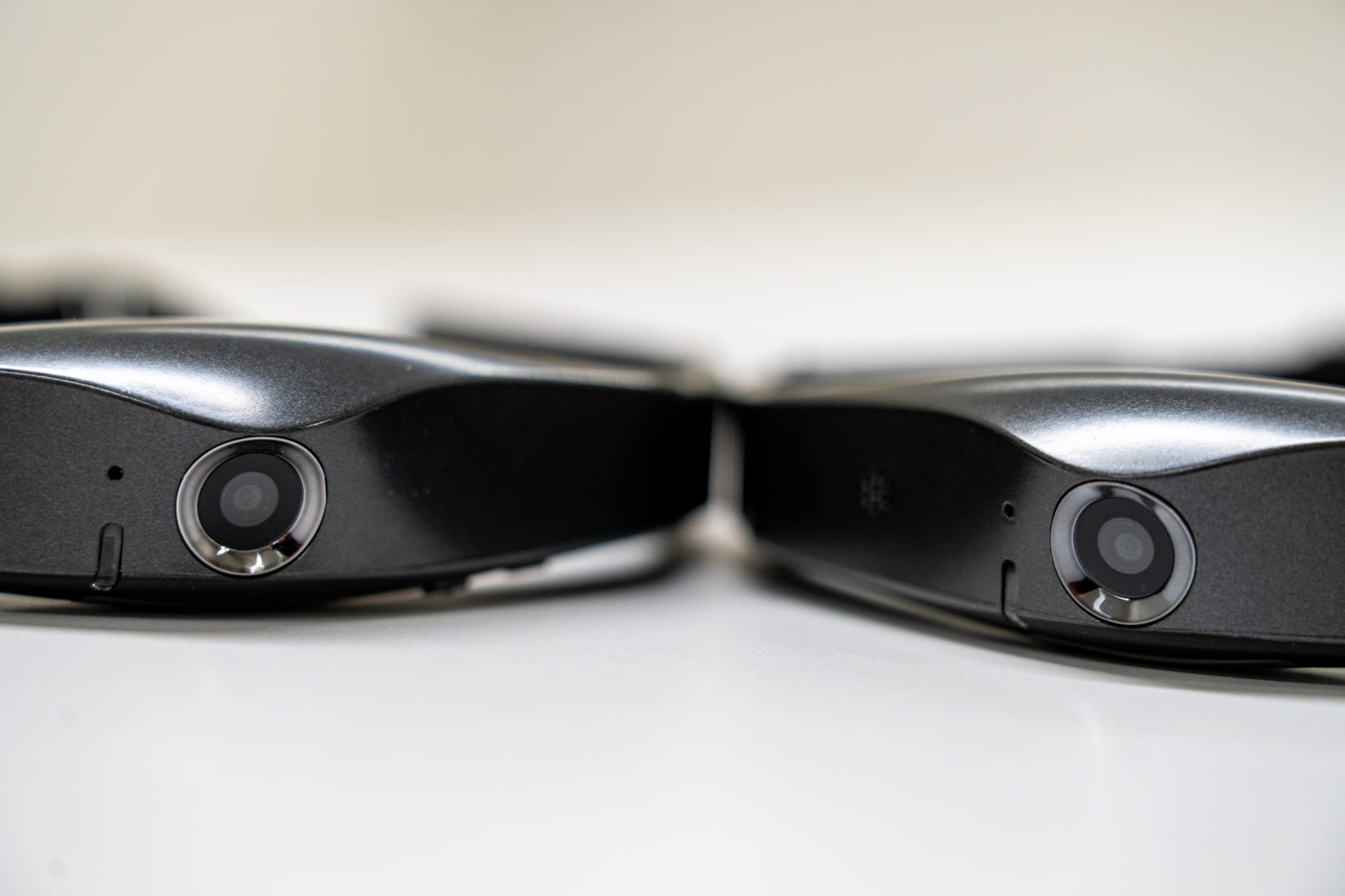
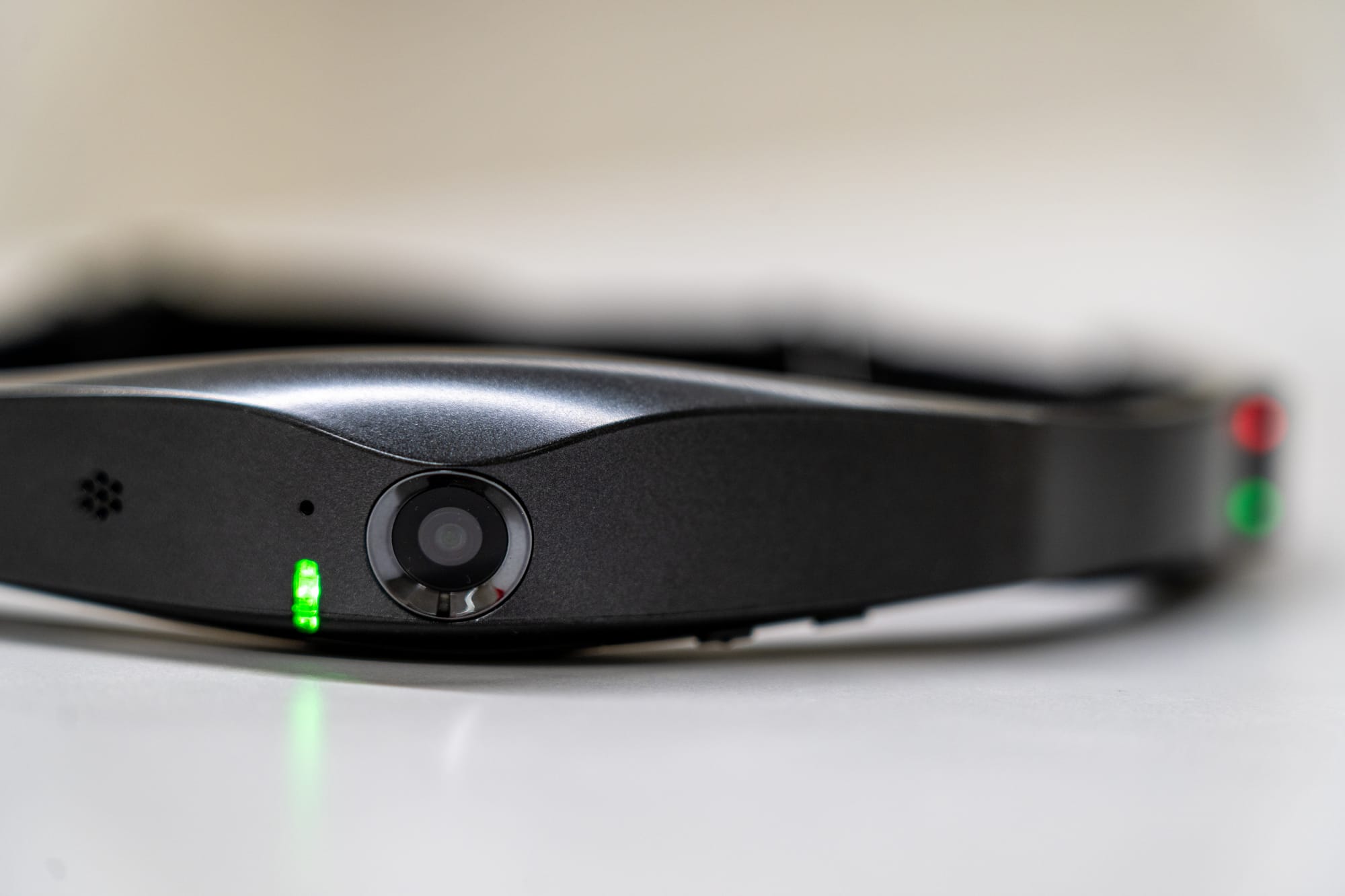
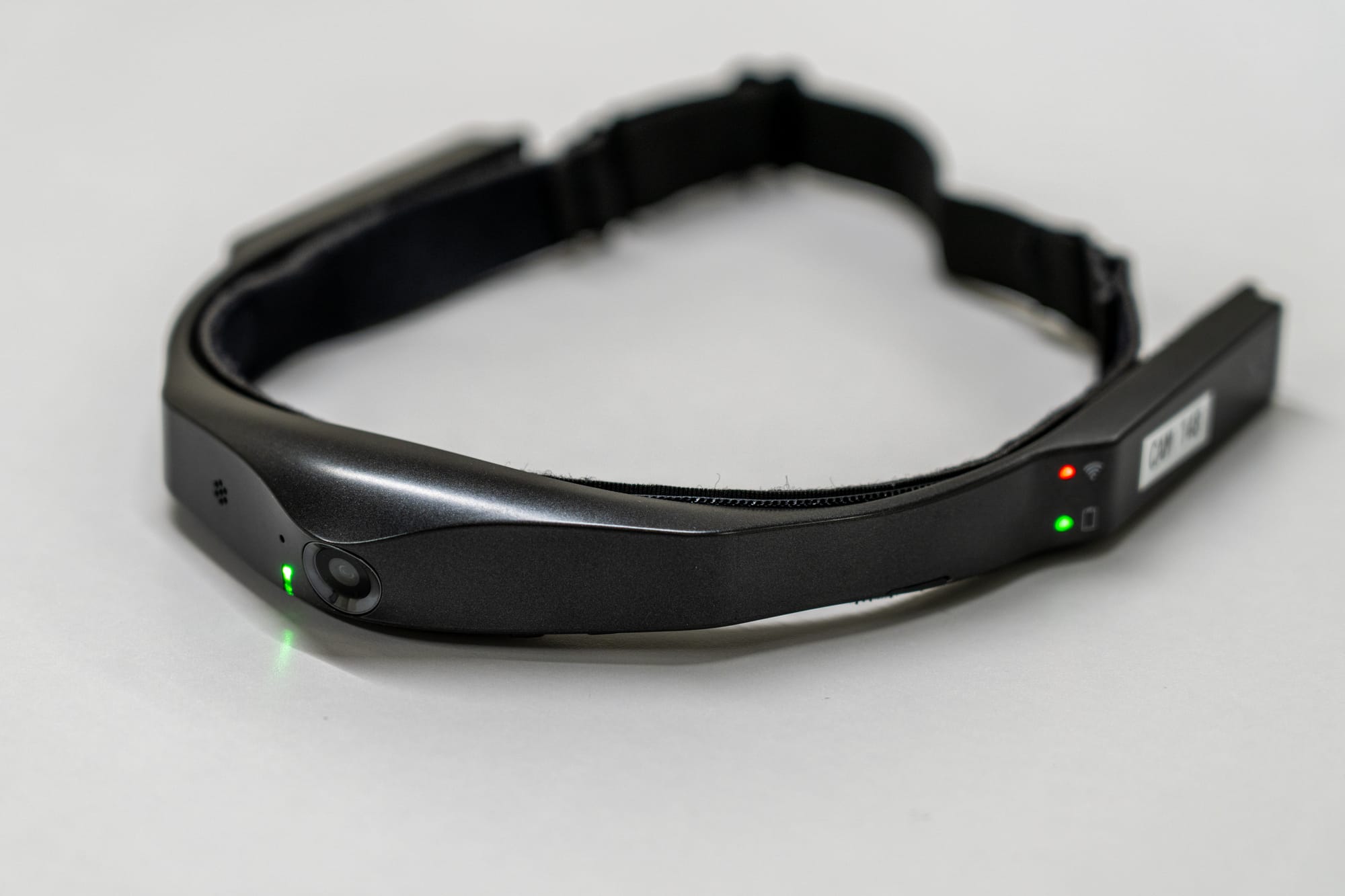
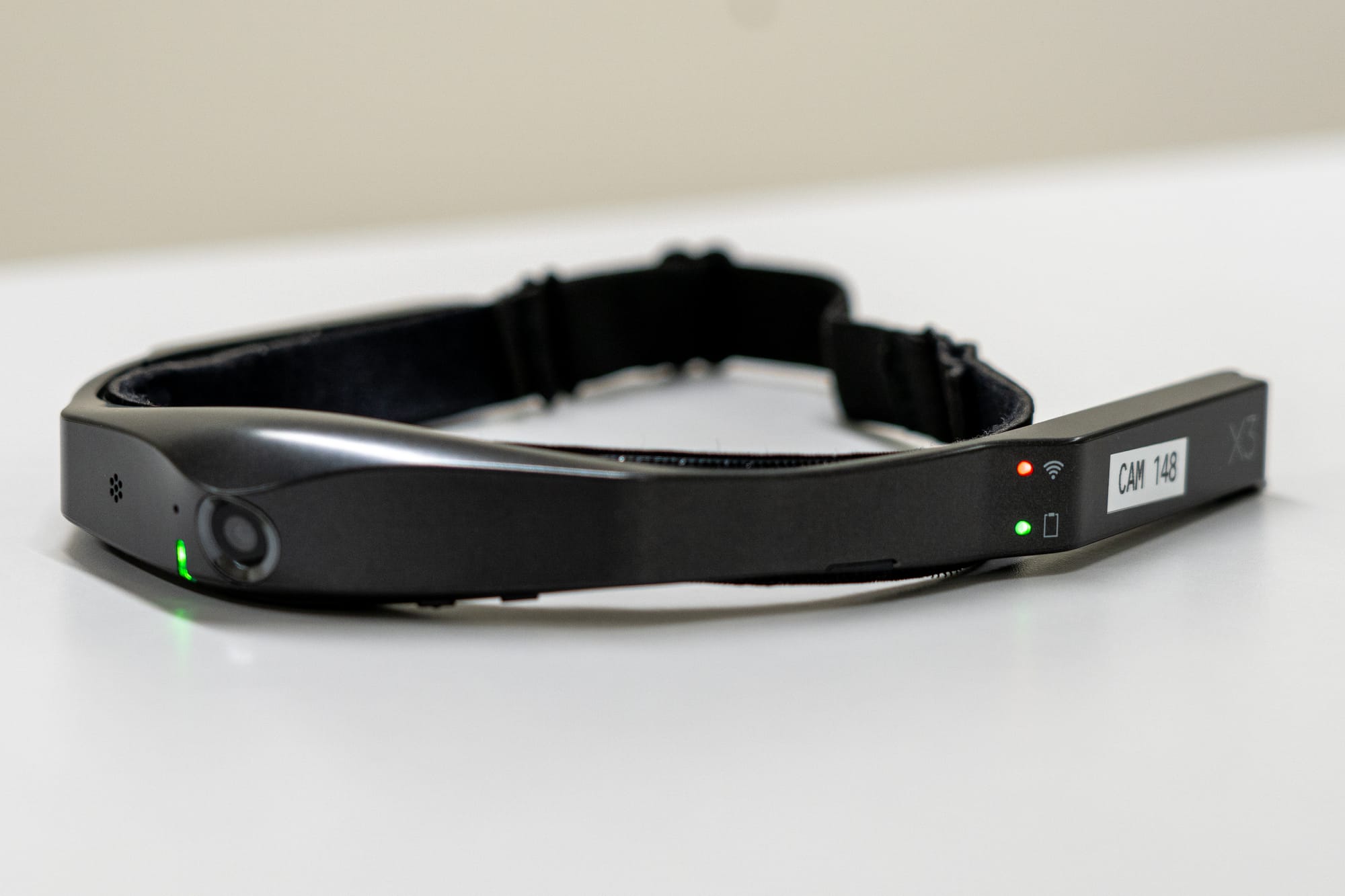
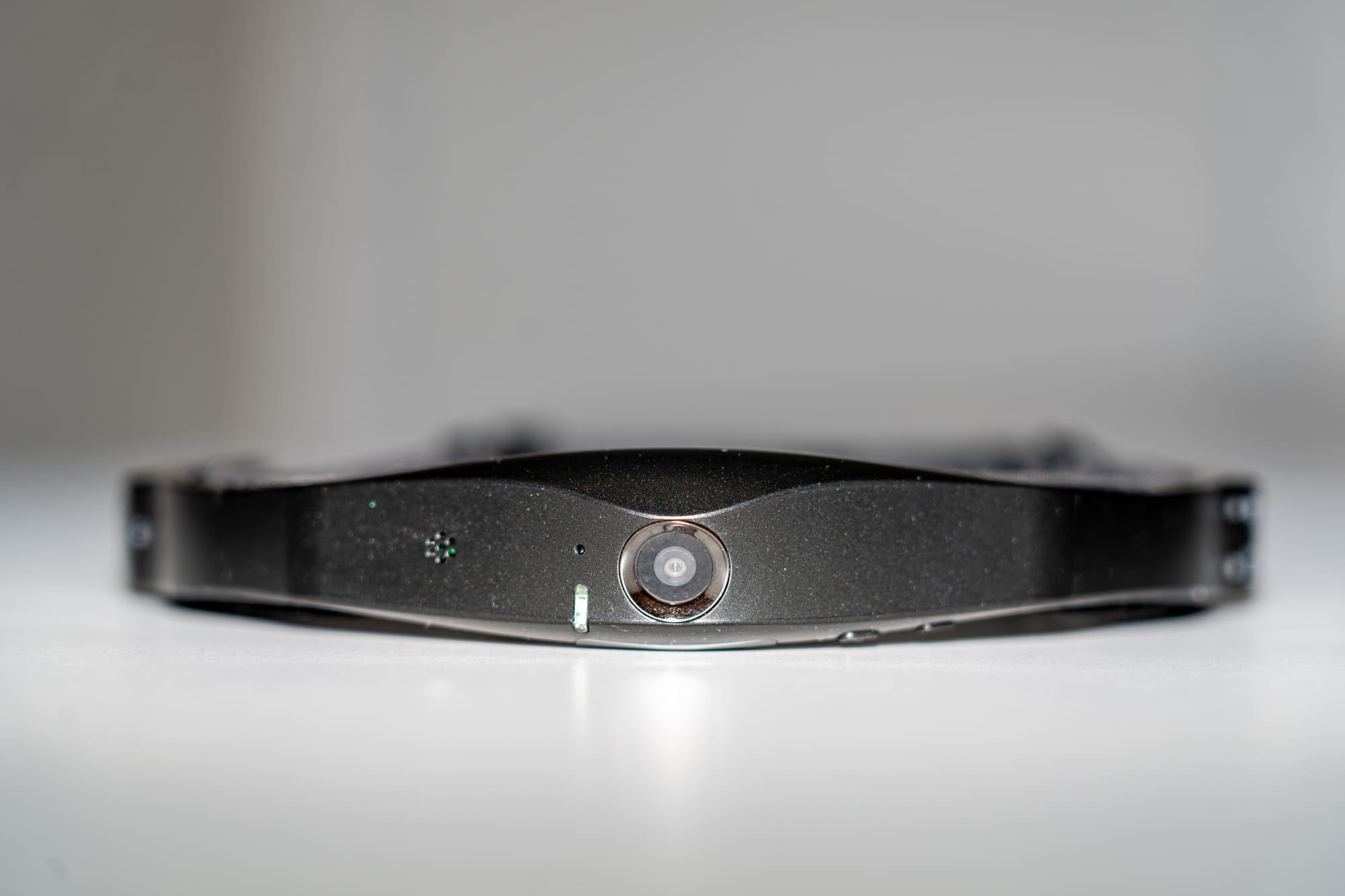
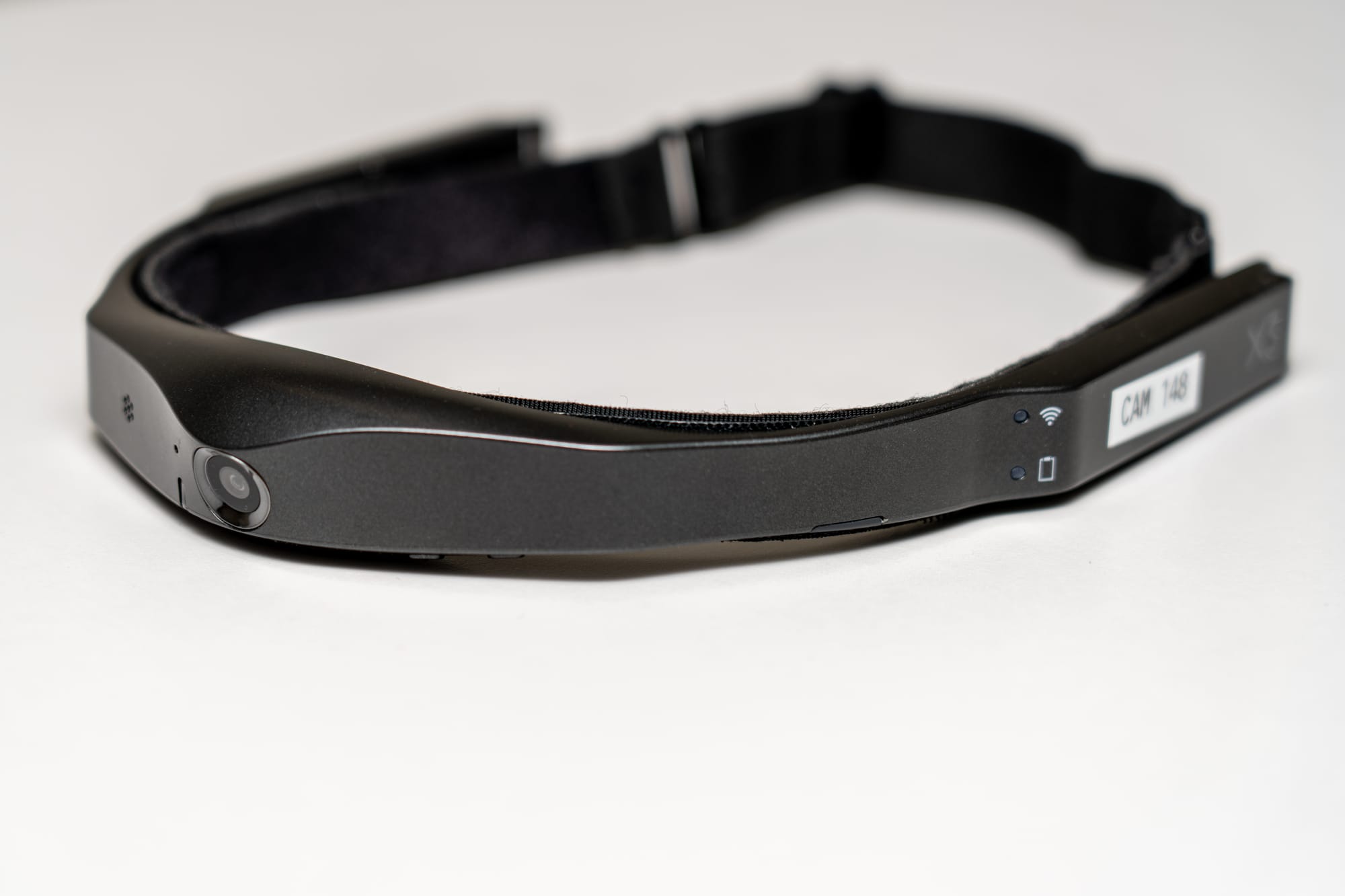
July update: The latest addition to the head camera setup is a 3D printed bracket, designed to connect to a standard tripod mount. This not only enables the first-person perspective of the user or the patient's perspective but can also be used as a regular static camera. Easily placed with a tripod or magic arm exactly where needed, it seamlessly integrates into the rest of the setup with precision.
